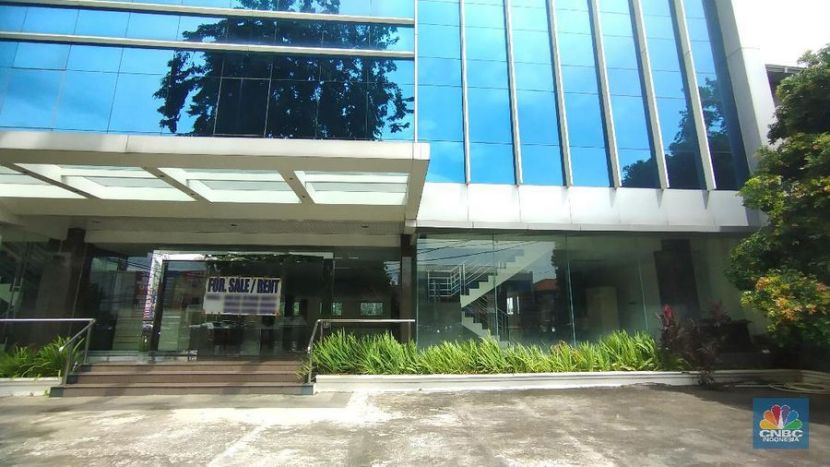Jakarta office vacancy rate remains high

Since the Xinguang epidemic, Jakarta office vacancy rates have remained high and the phenomenon of "ghost offices" has persisted and has yet to return to normal.Real estate observers note that the office and retail sectors remain under pressure, with office space and retail efficiencies set to continue as businesses become accustomed to working from home. demand for office space increased slightly in the first three months of 2025 compared to the same period in 2024, but office absorption is expected to remain subdued due to uncertain economic conditions and limited growth. Occupancy rates in some areas, particularly in the Central Business District (CBD), increased slightly from the previous quarter. Current office landlords are still cautious in setting their rental policies and will adopt flexible leasing strategies in the future, such as adjusting rents, lease terms and office layouts, as well as upgrading the quality of their office buildings and incorporating green building features to enhance their attractiveness. With office rents declining from 2020 onwards, landlords will not readily raise base rents, but will respond to rising costs by increasing service charges. Data shows that 2 million square meters of office space was vacant in Jakarta in the third quarter of 2024, with a vacancy rate of 26.81 TP3T in 2023.The CBD office supply stabilized at 7.38 million square meters in the first quarter of 2025, with a vacancy rate of about 25.51 TP3T, while the supply in non-CBD areas was 3.83 million square meters. The CBD is expected to add 100,000 sqm of office space by 2028, and 240,000 sqm of office space in the non-CBD area upon completion of the seven office towers.The average annual office absorption in the second quarter of 2020-2024 is -54,244 sqm, compared to approximately 327,235 sqm in 2012-2019.The average annual office absorption in the second quarter of 2024 is -54,244 sqm.

